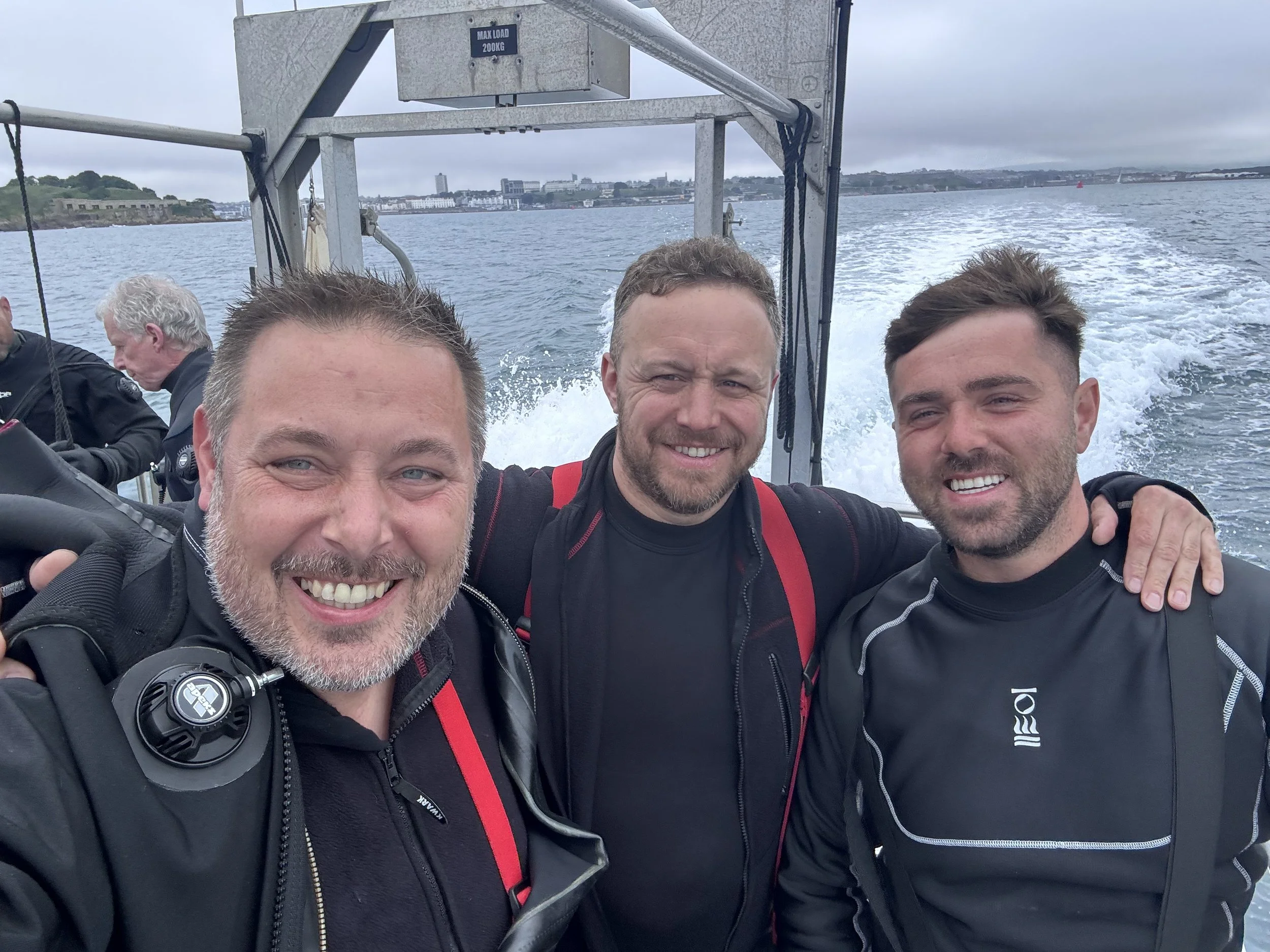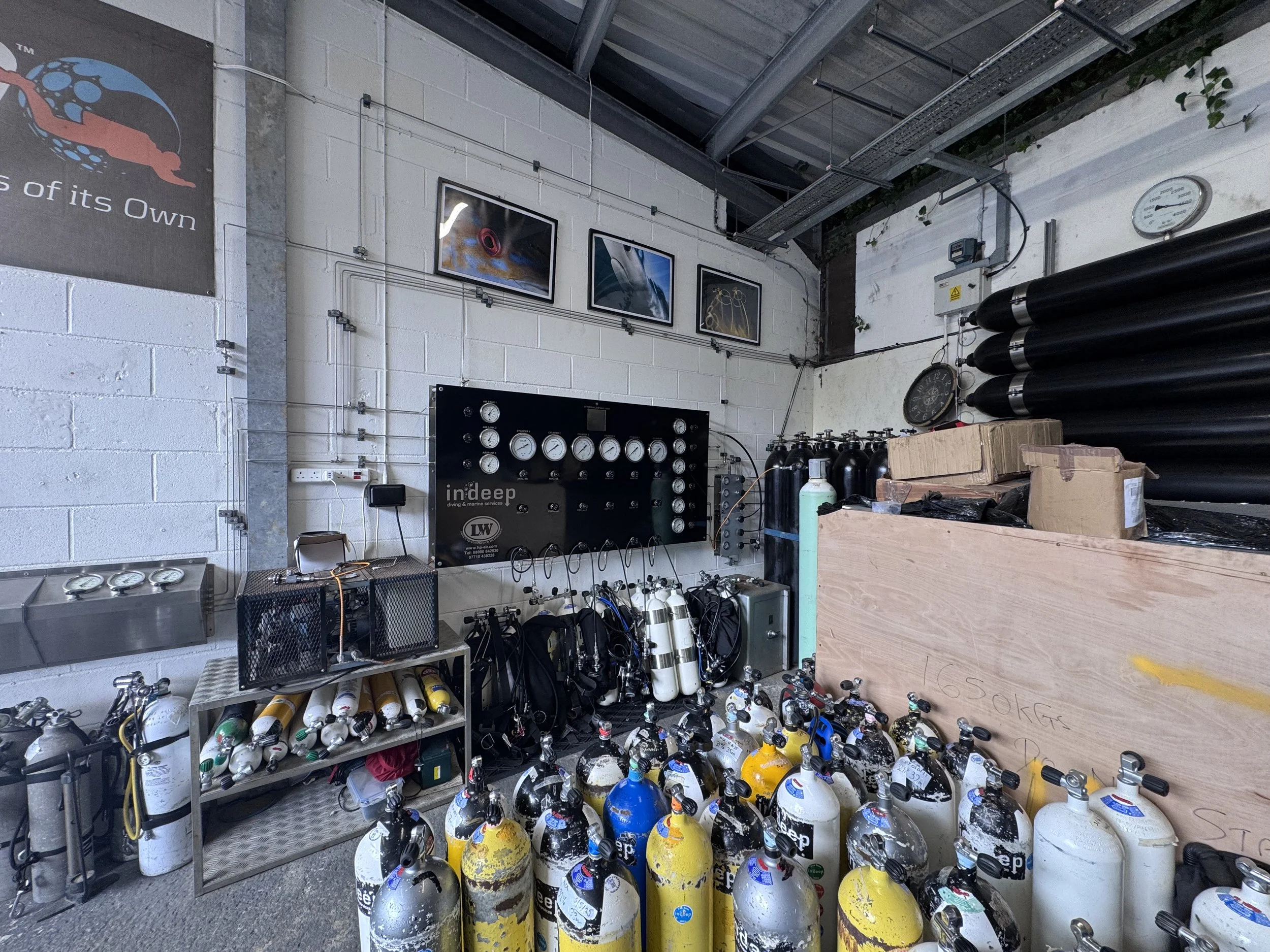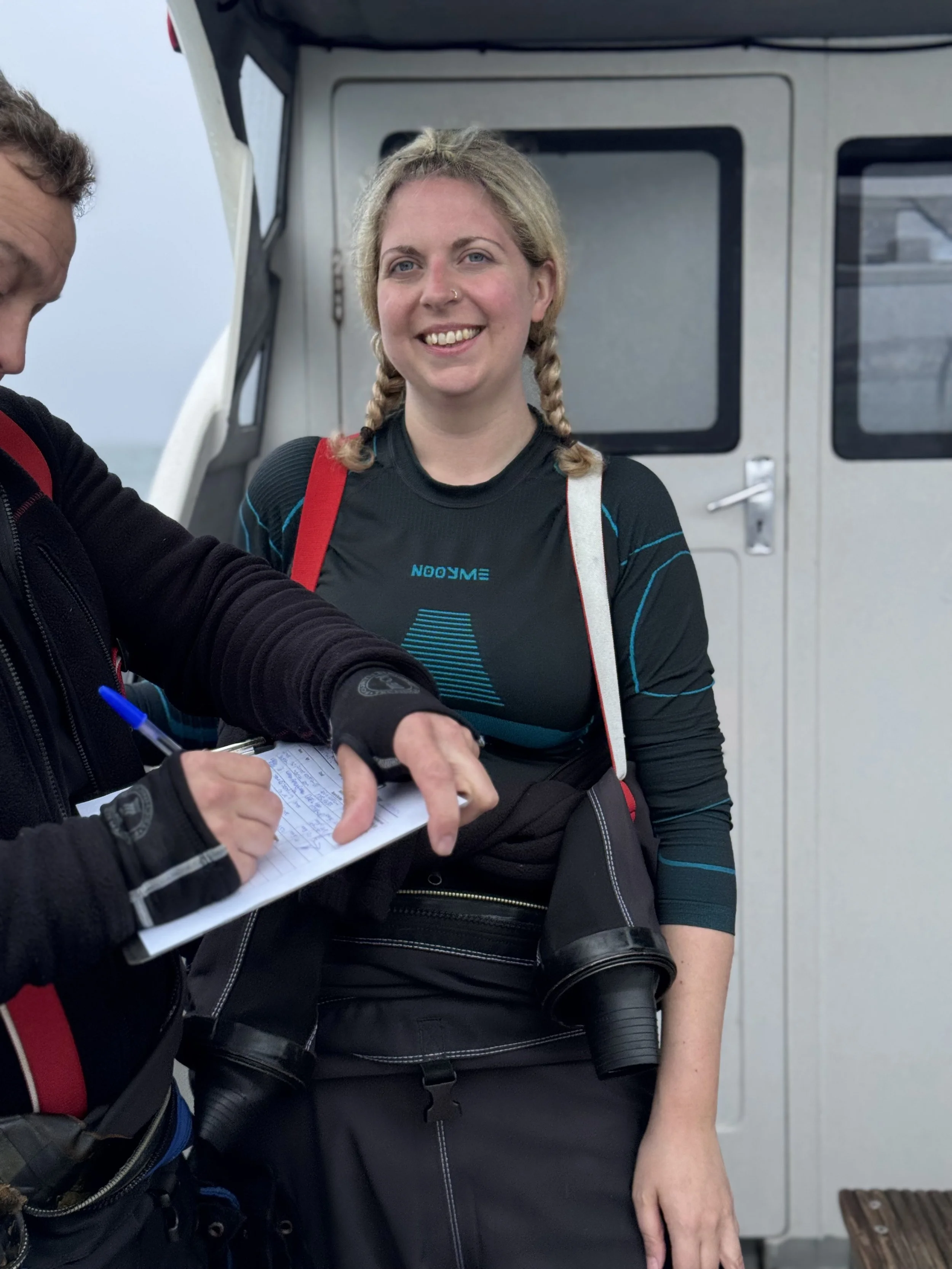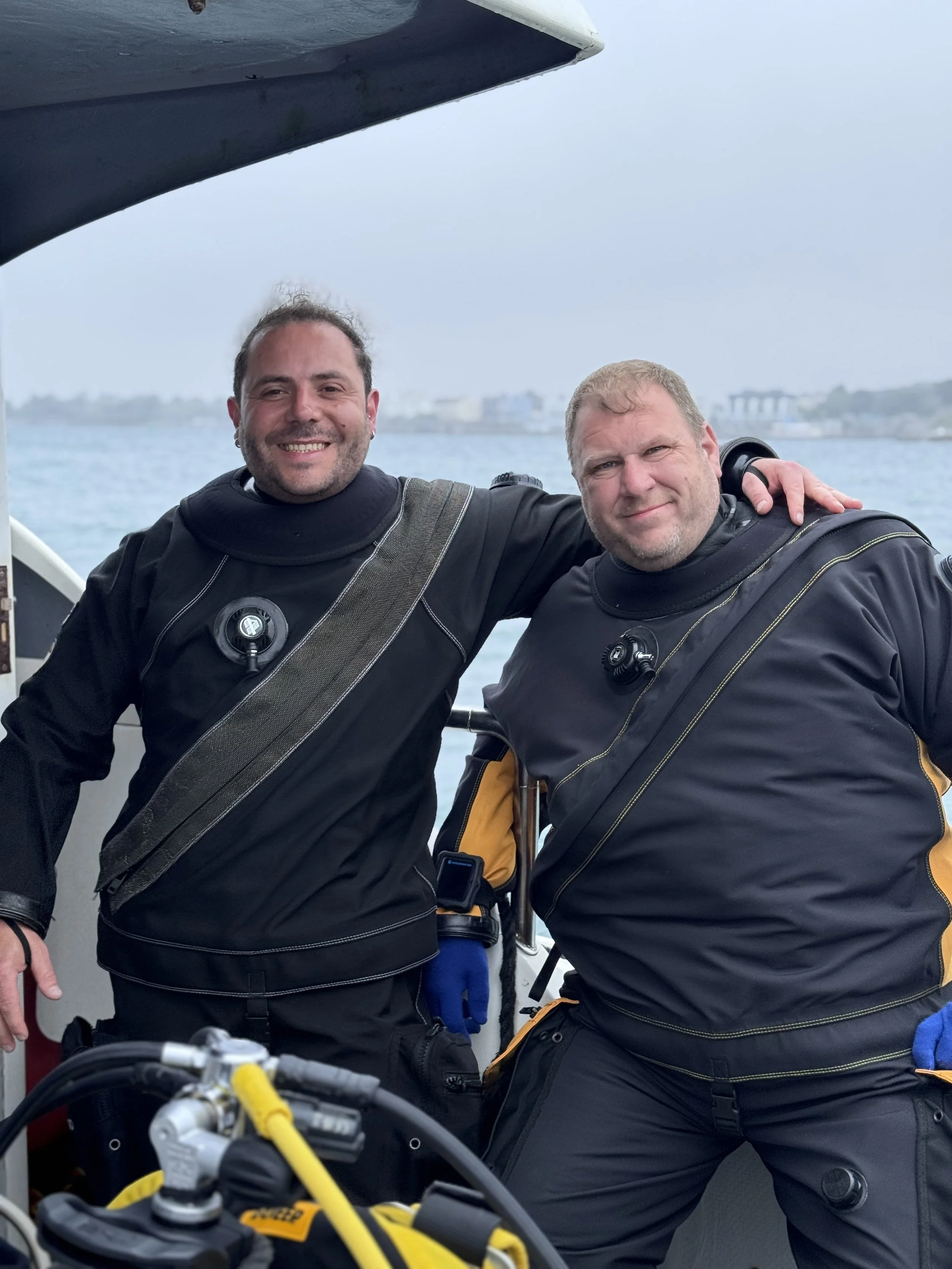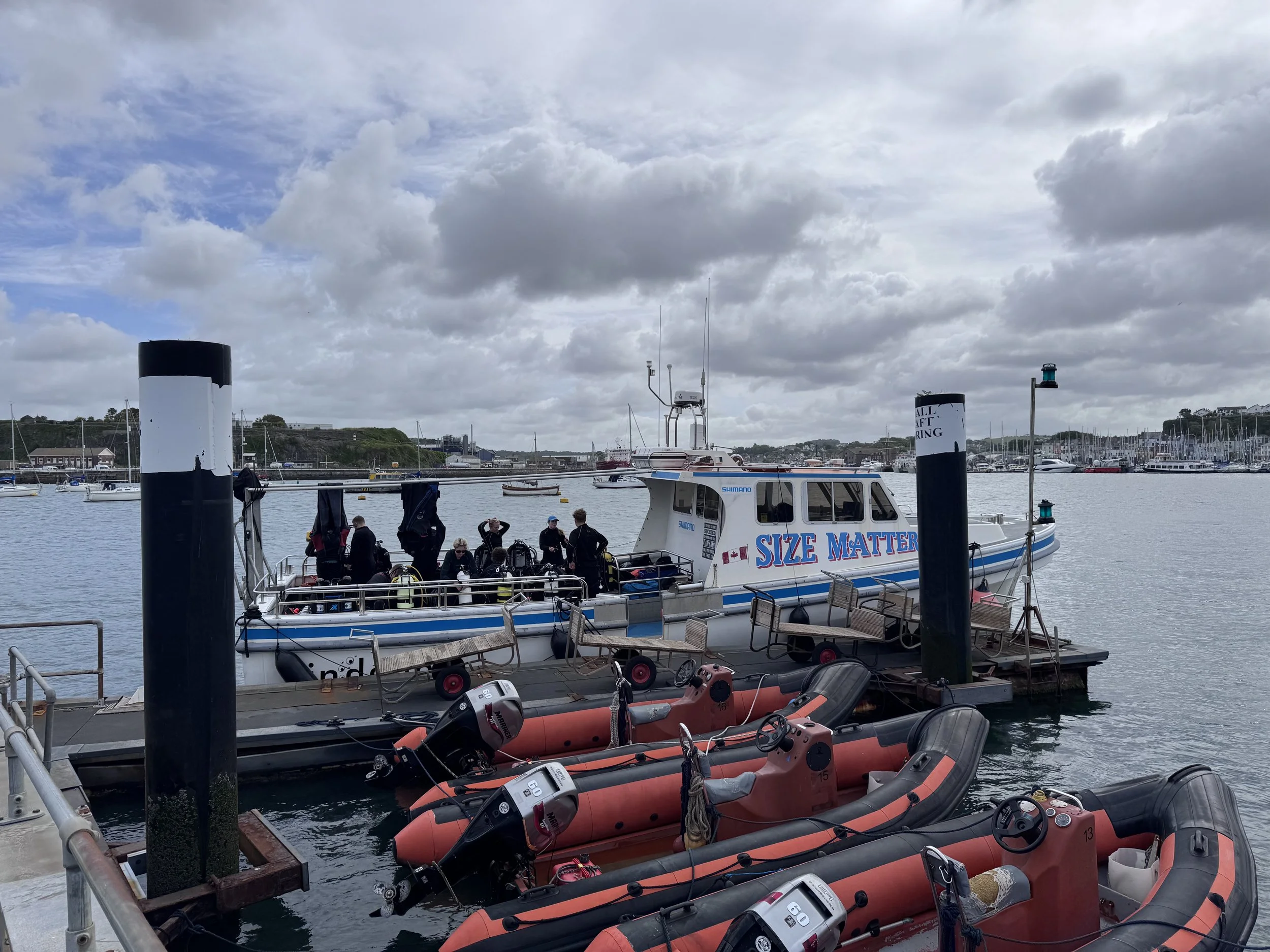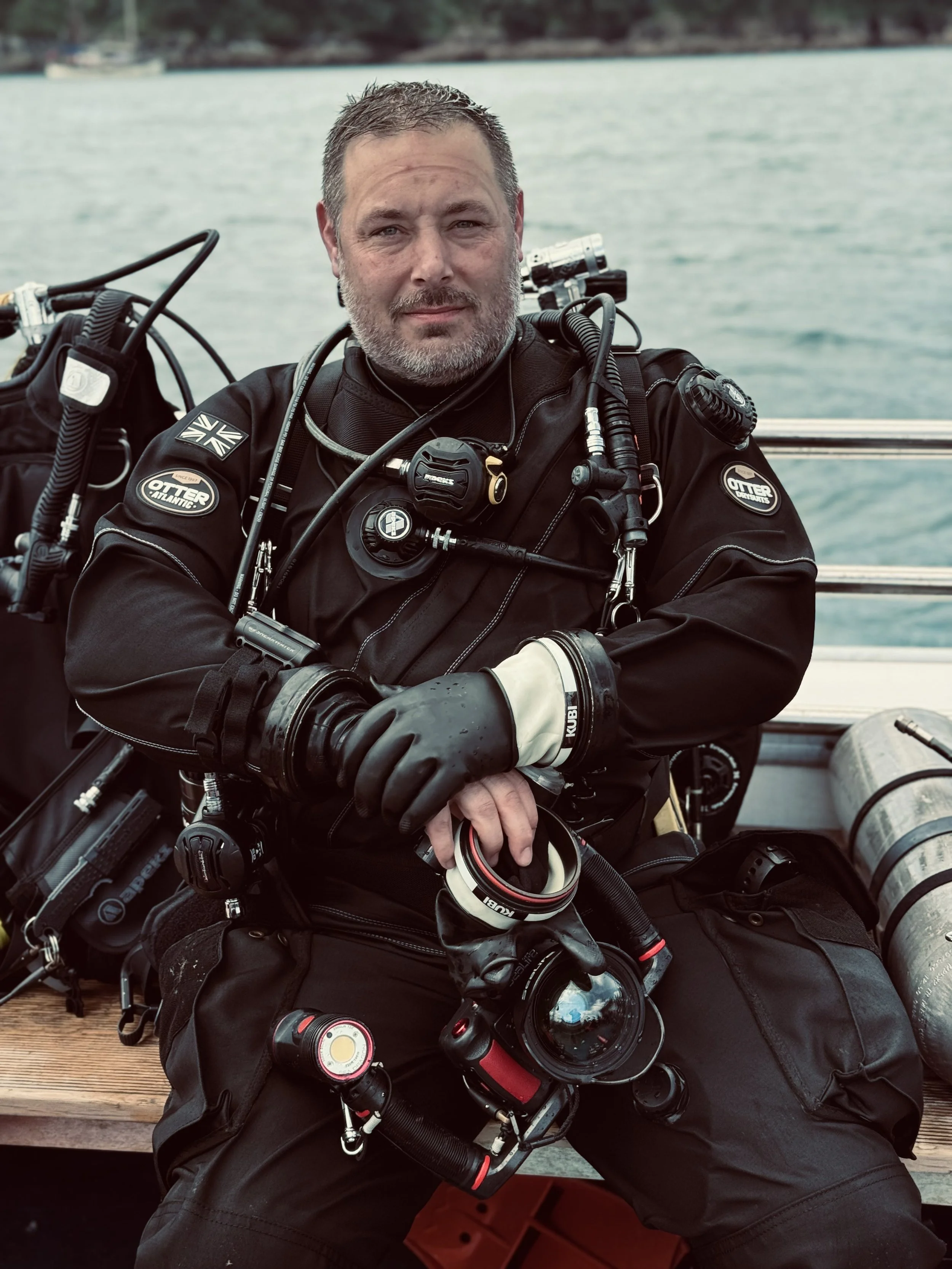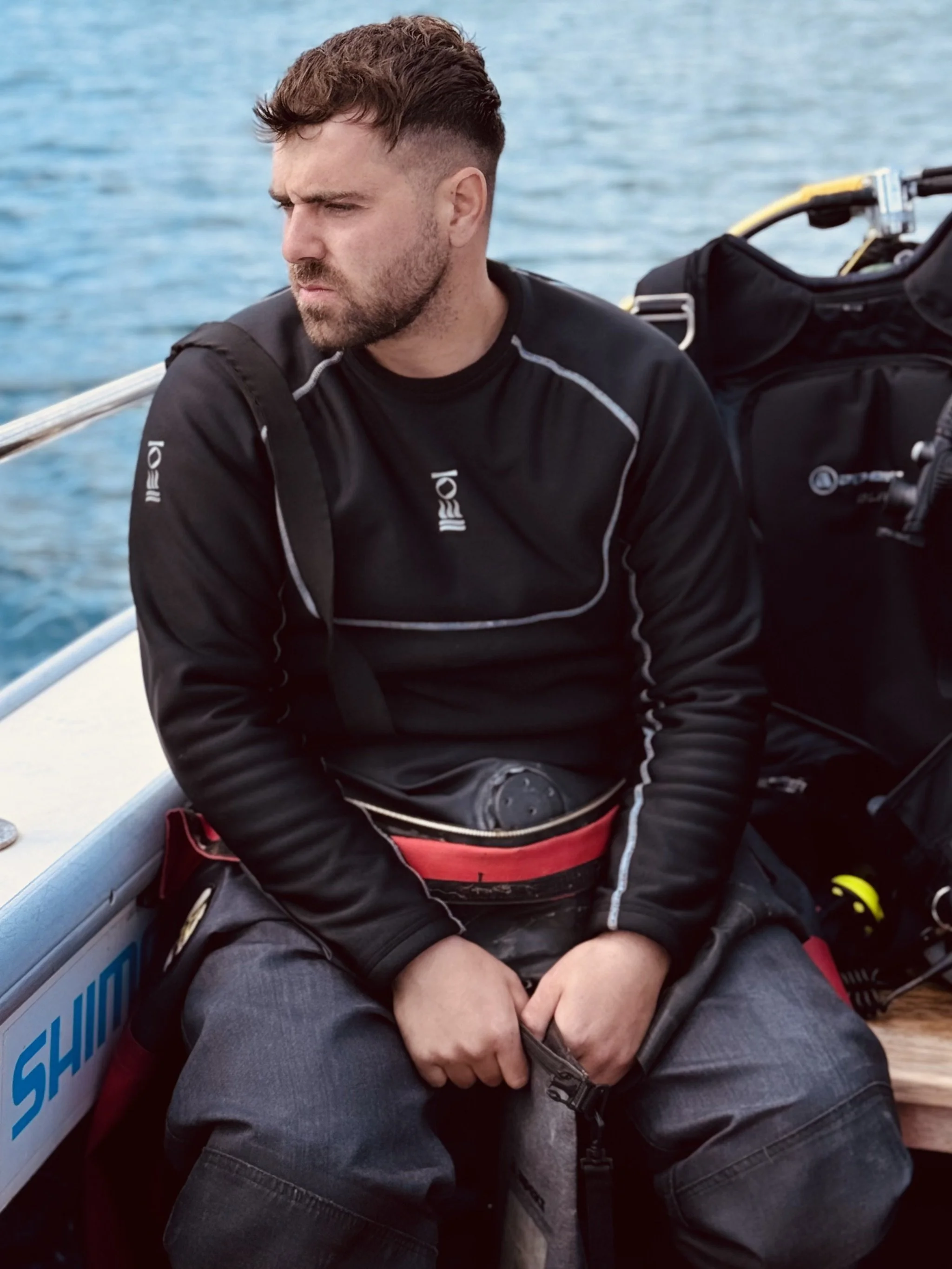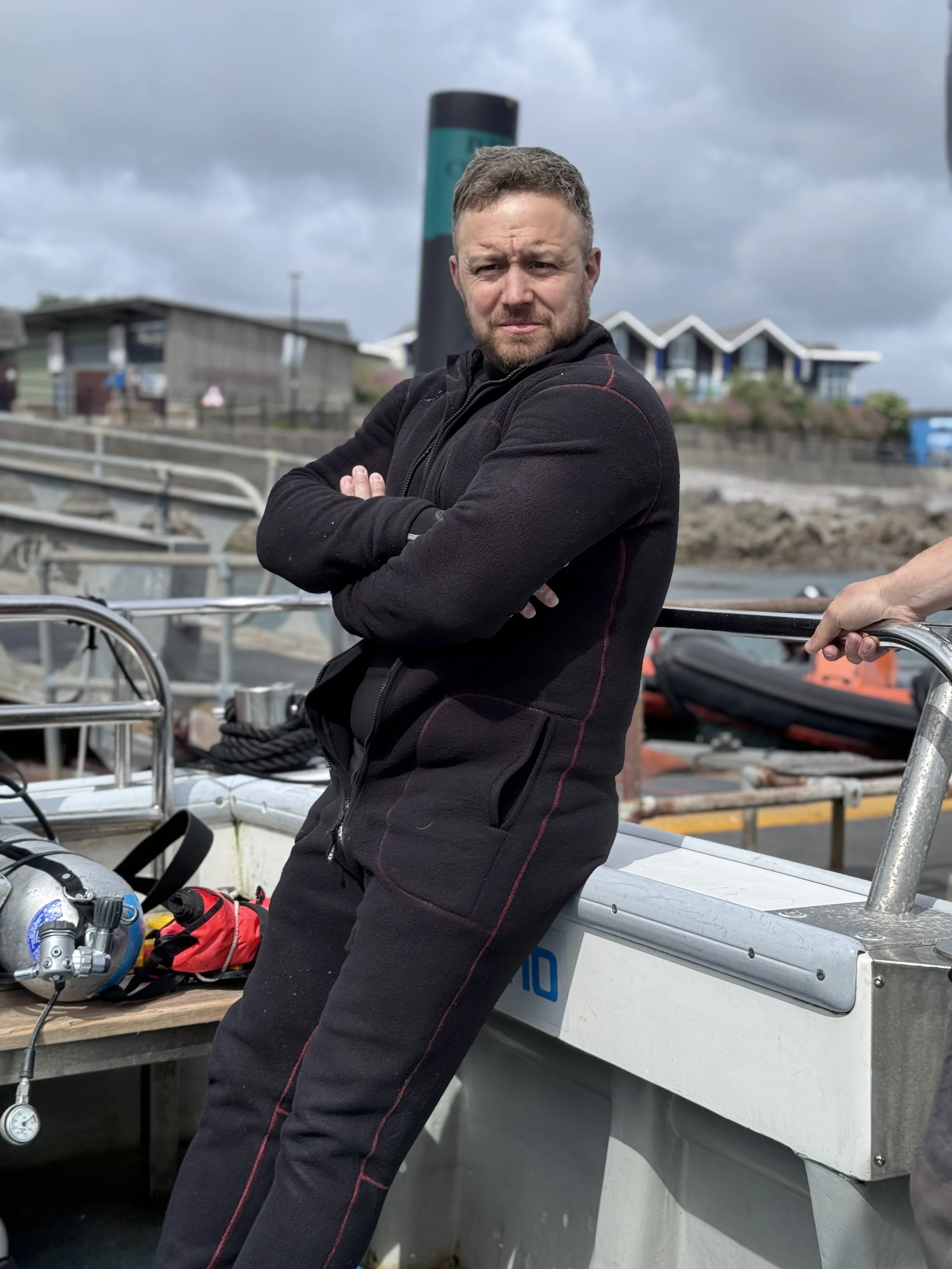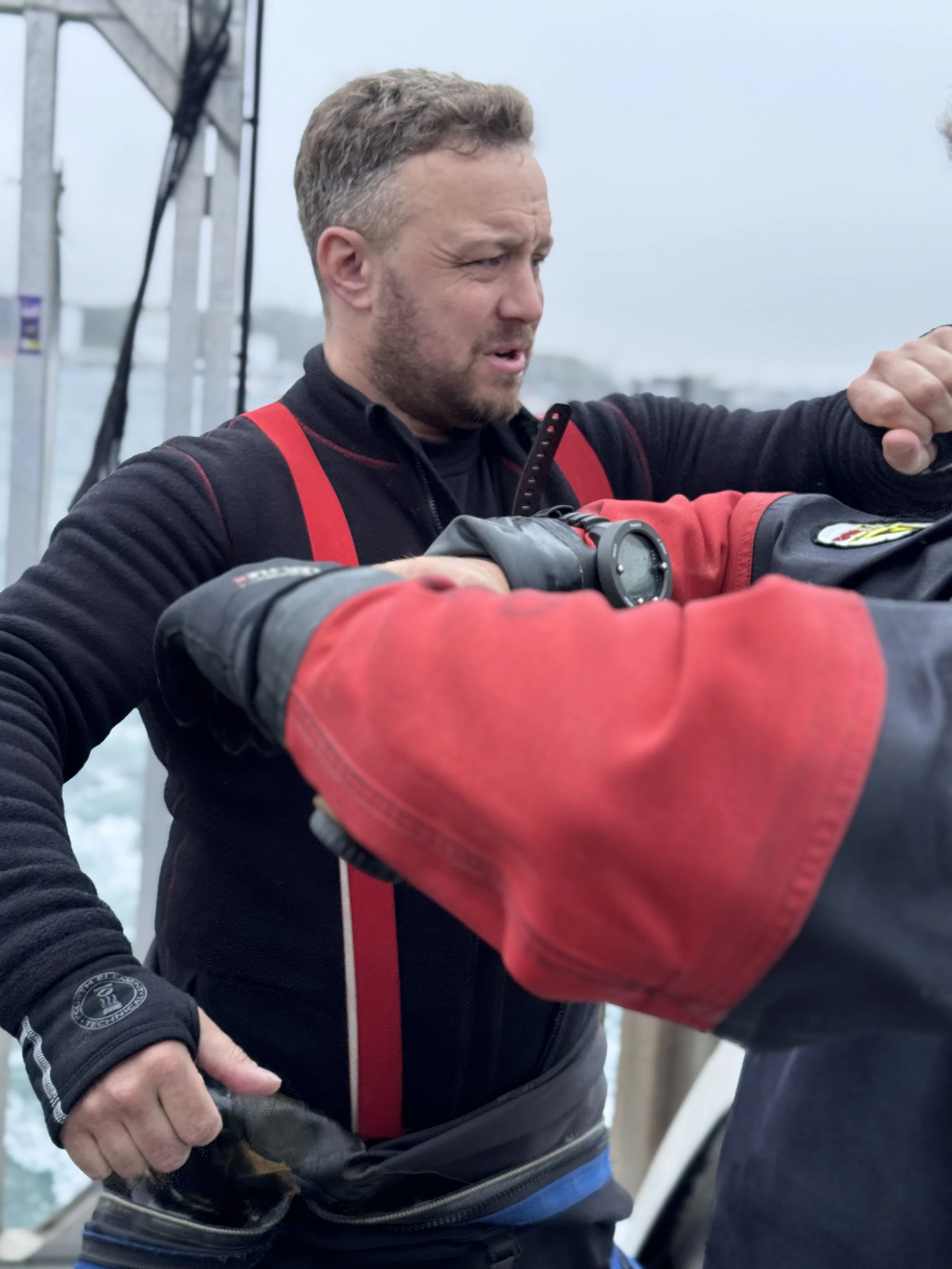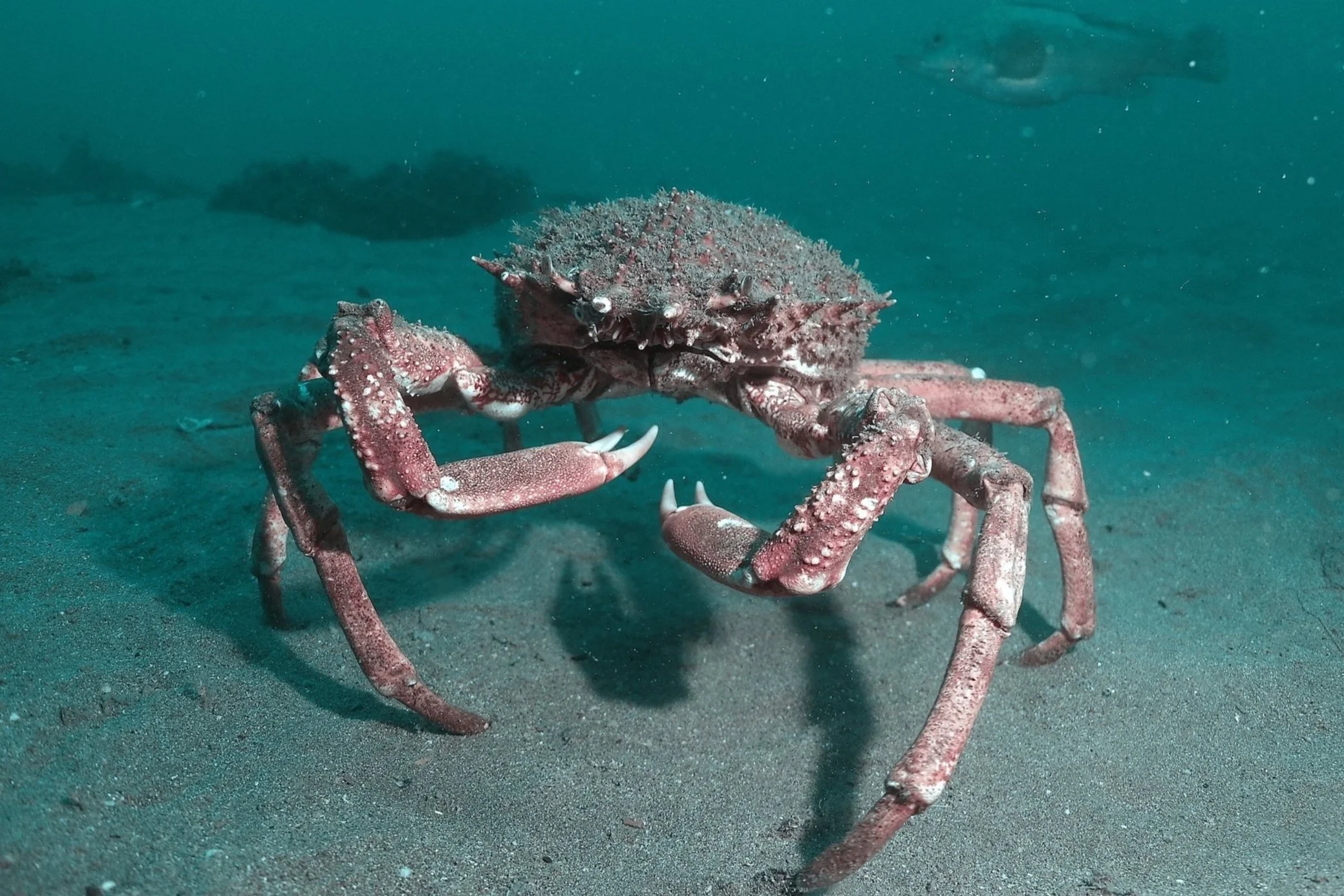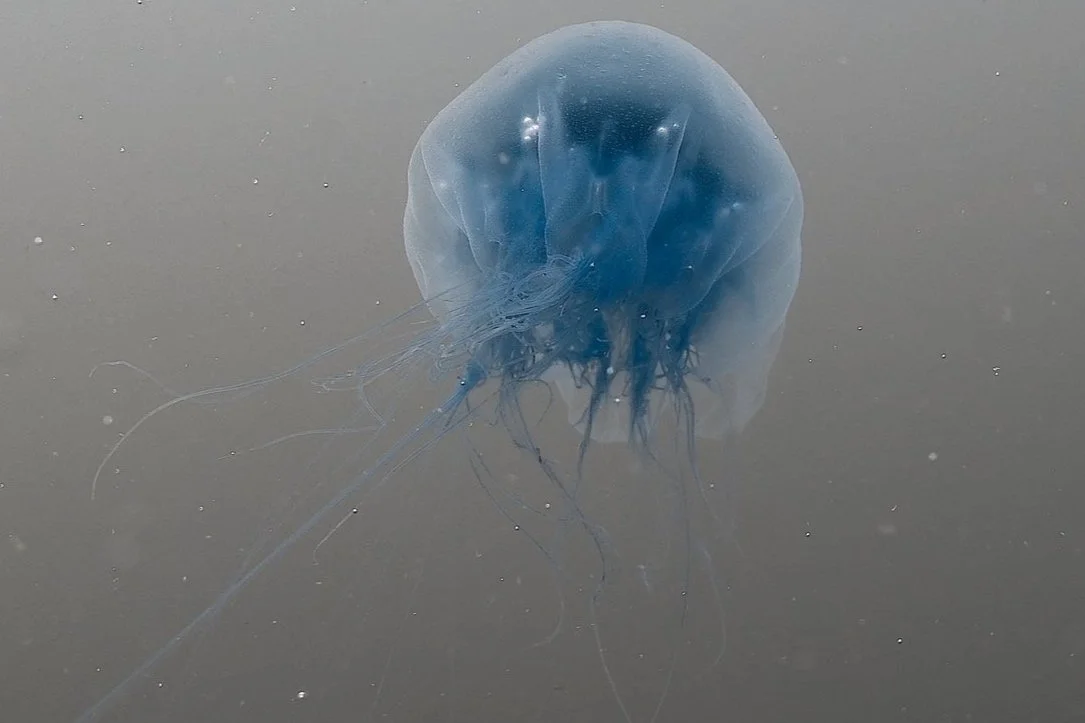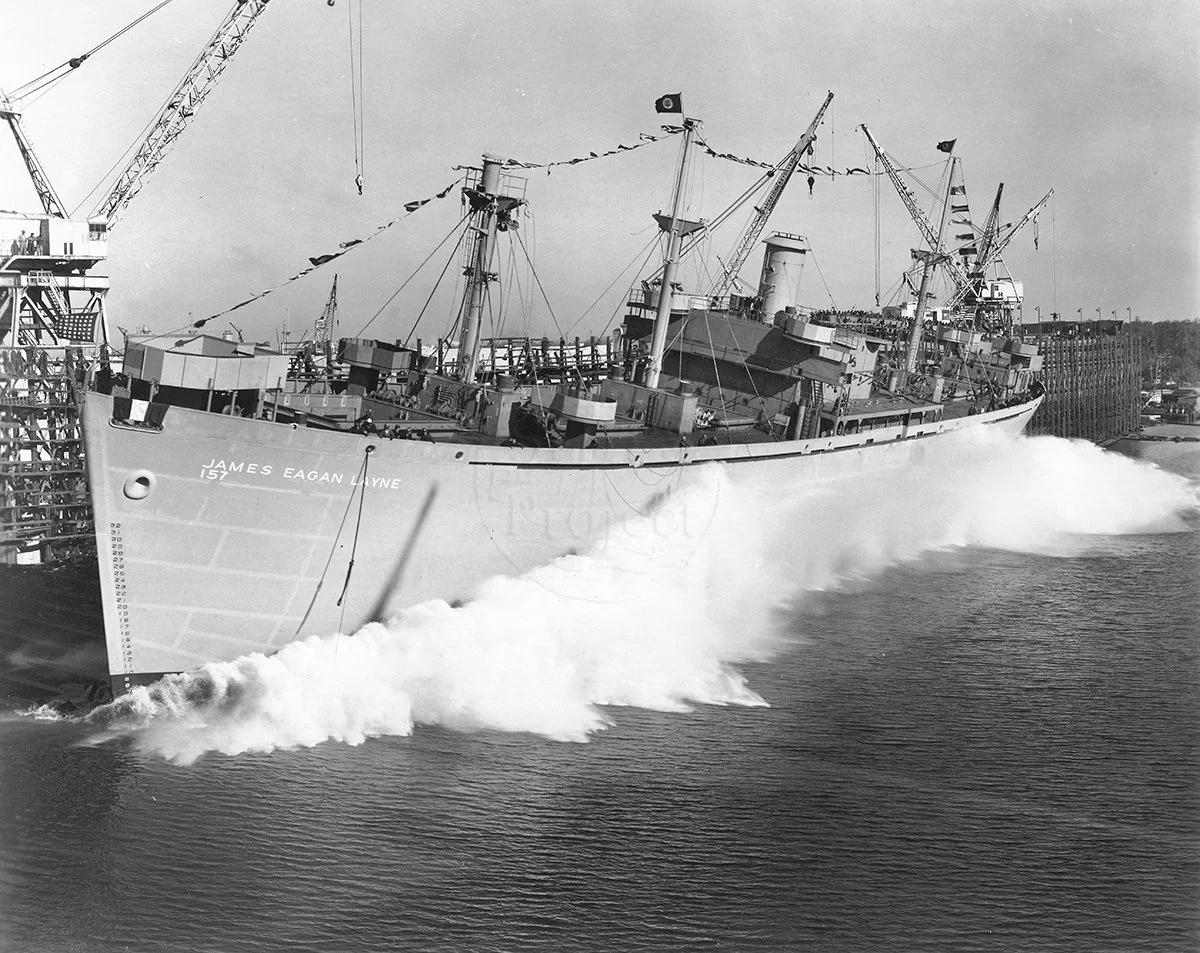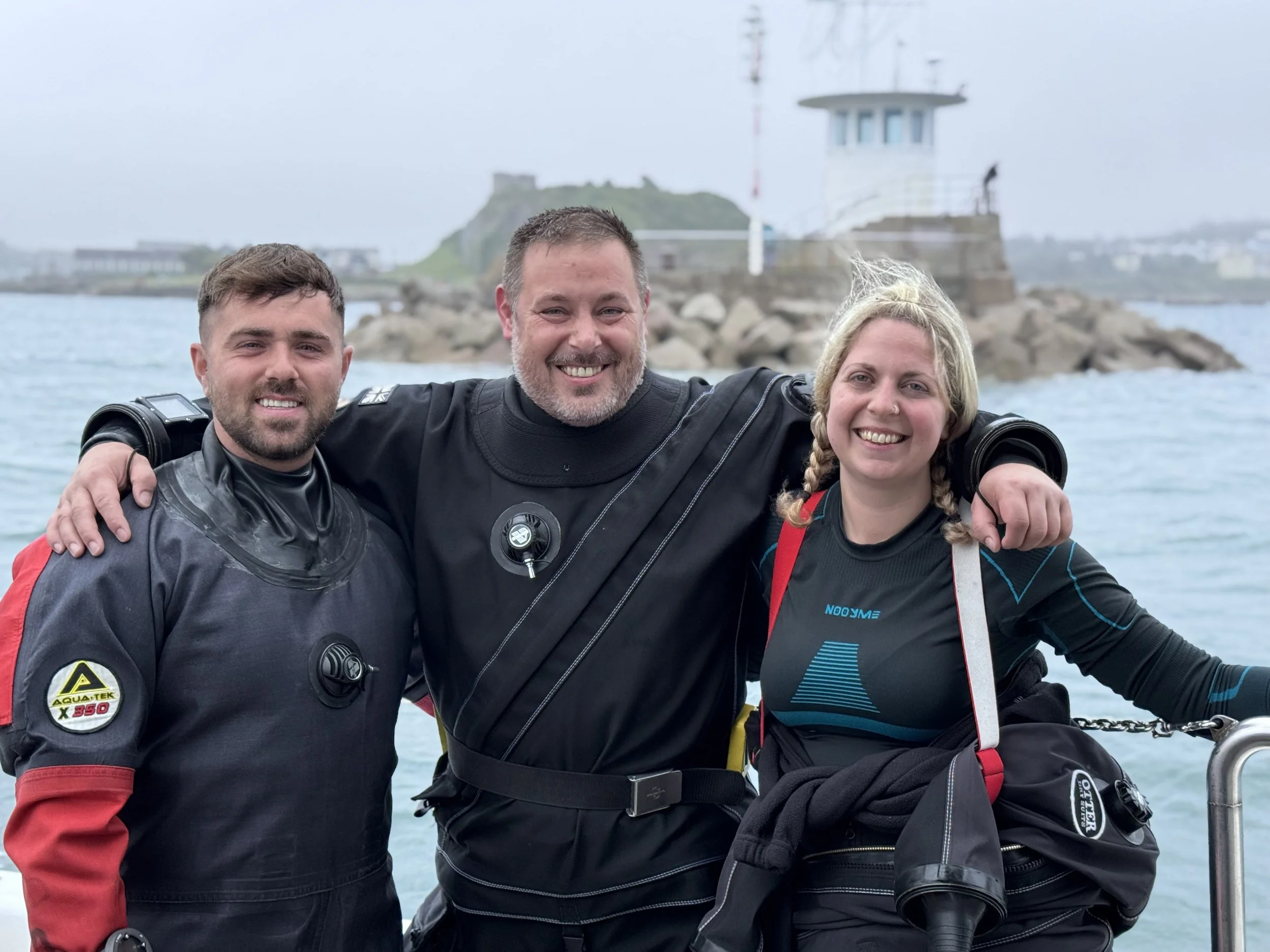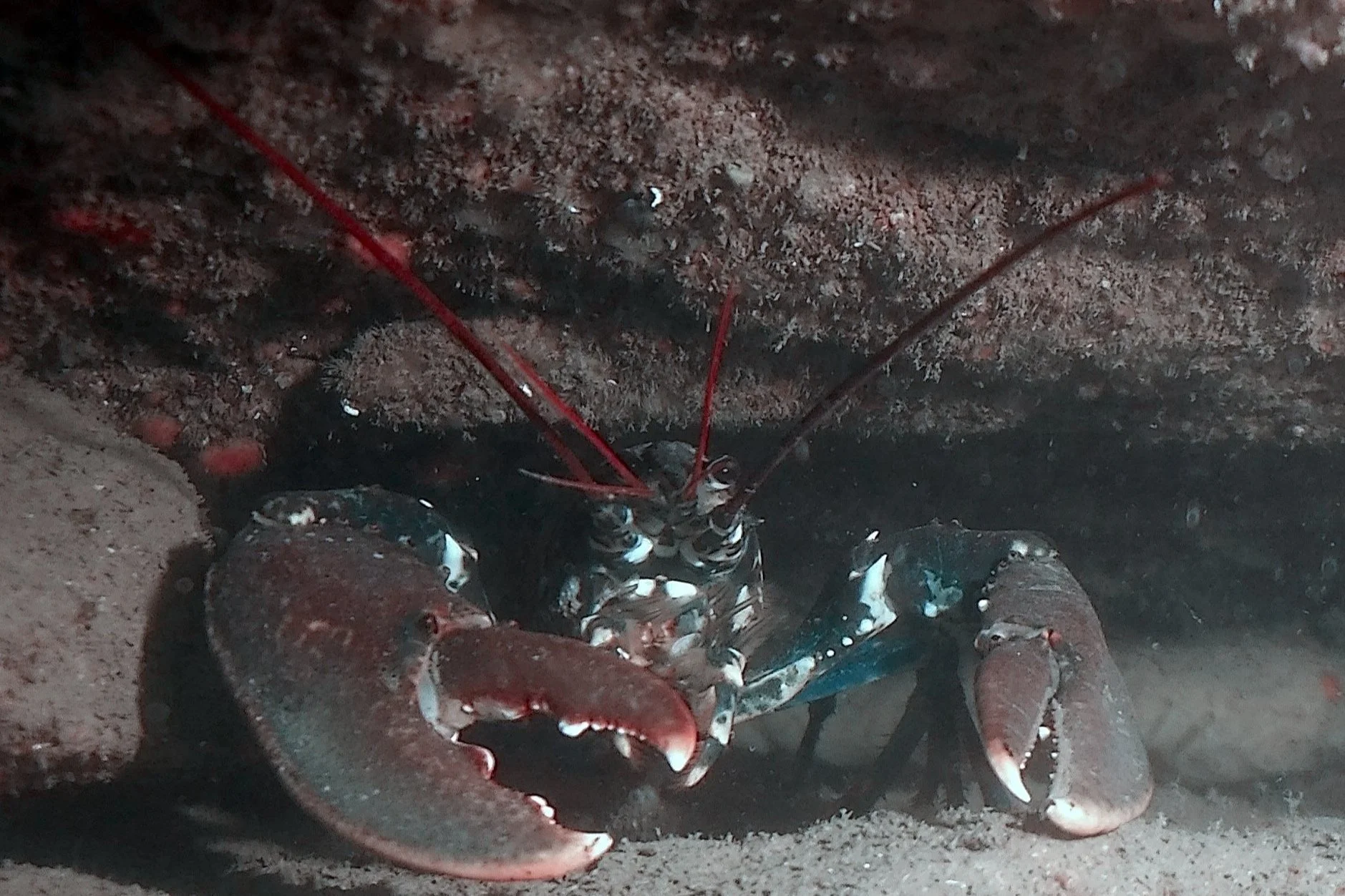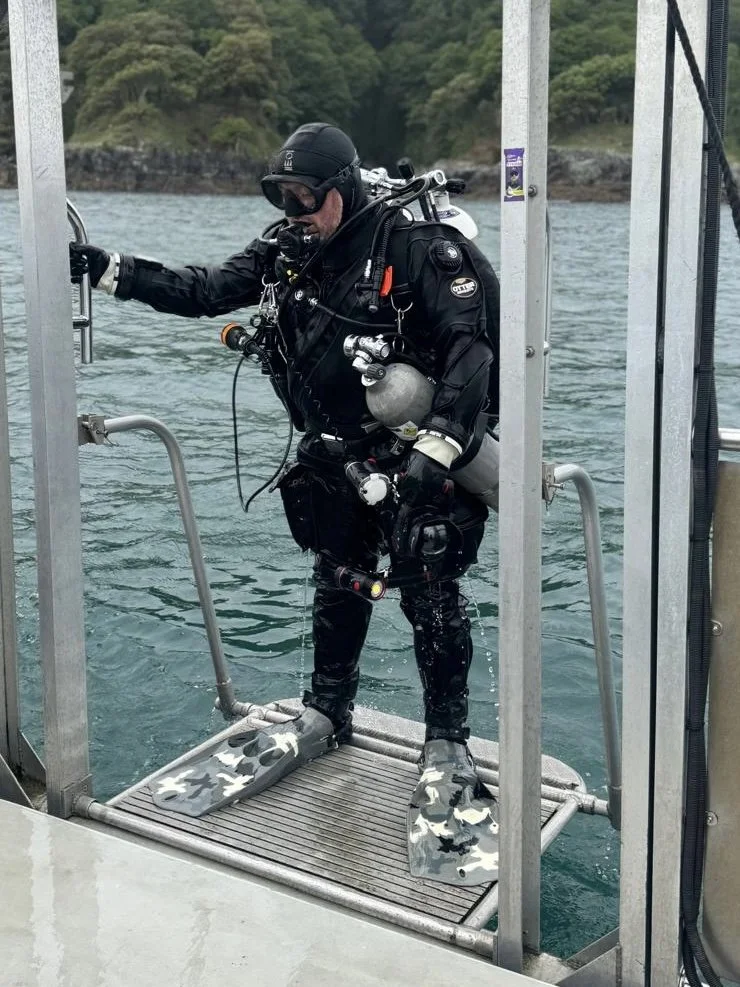Located in the county of Devon, southwest England, Plymouth is a port city that is well known for its rich maritime heritage and historic Barbican district with narrow, cobbled streets.
Luckily for us however, thats not all Plymouth is well known for. Originally referred to as Sudtone (South Farm) in the Domesday Book of 1086, the area that would later become Plymouth strangely began as farmland on a small peninsula at the mouth of the River Plym. It later evolved into Sutton Harbour, becoming the center of medieval Plymouth.
Over time, the town's strategic coastal position has made it a hub for both maritime exploration and military operations.
